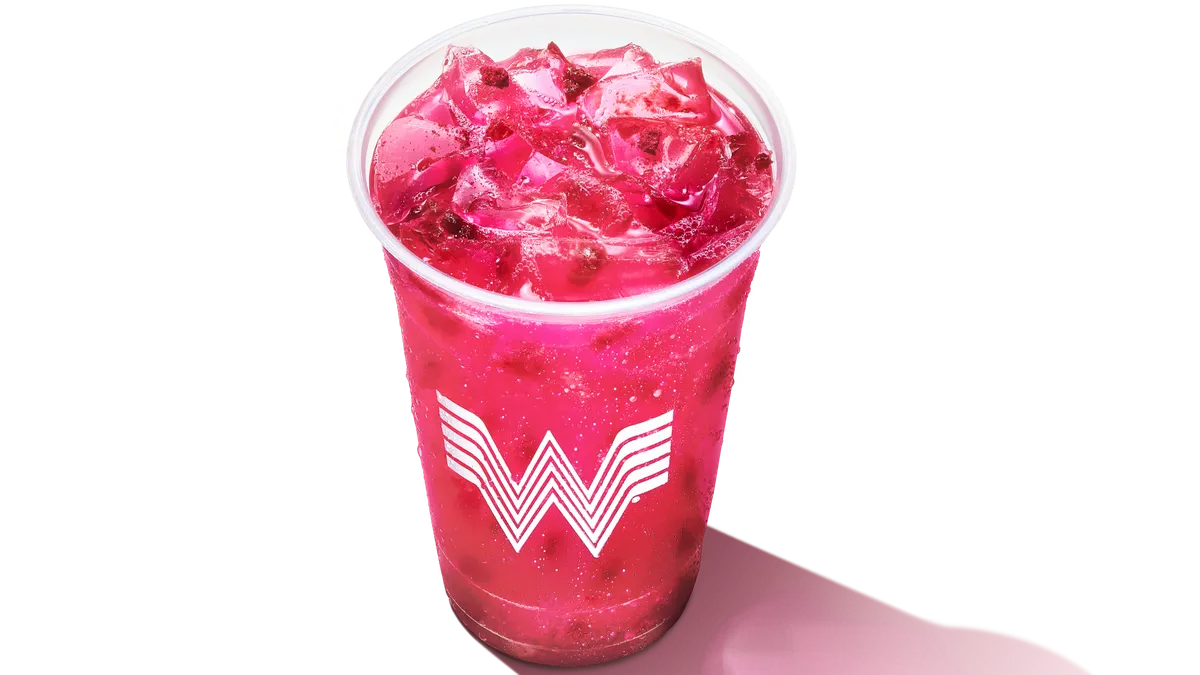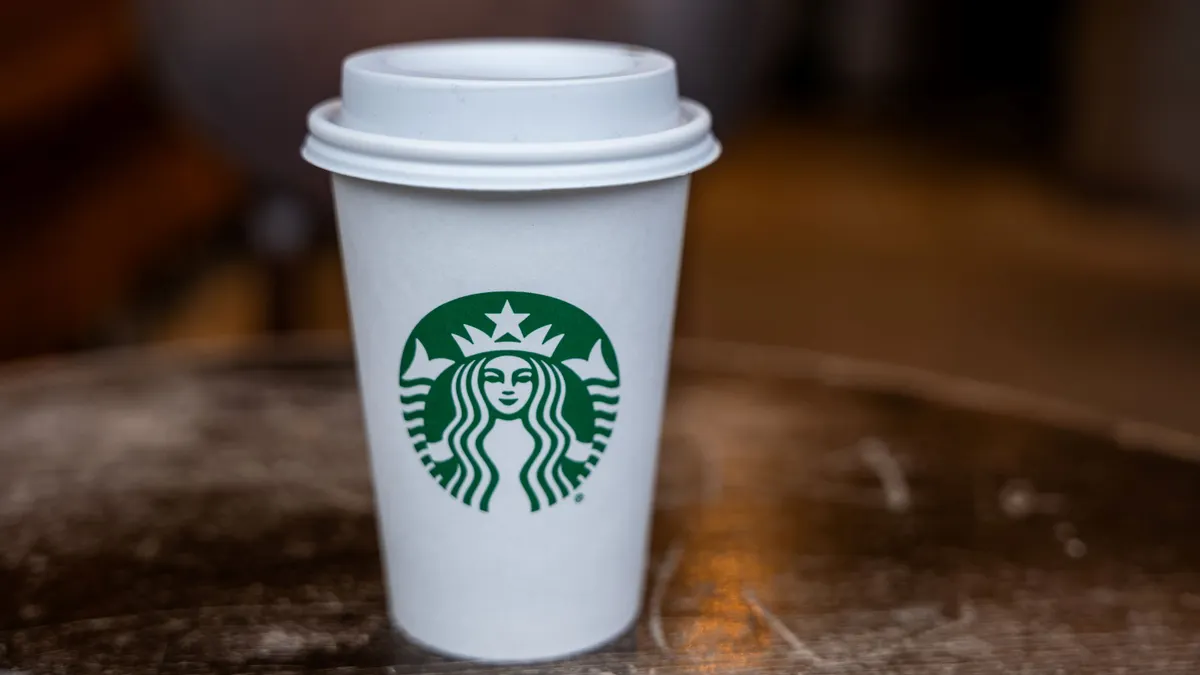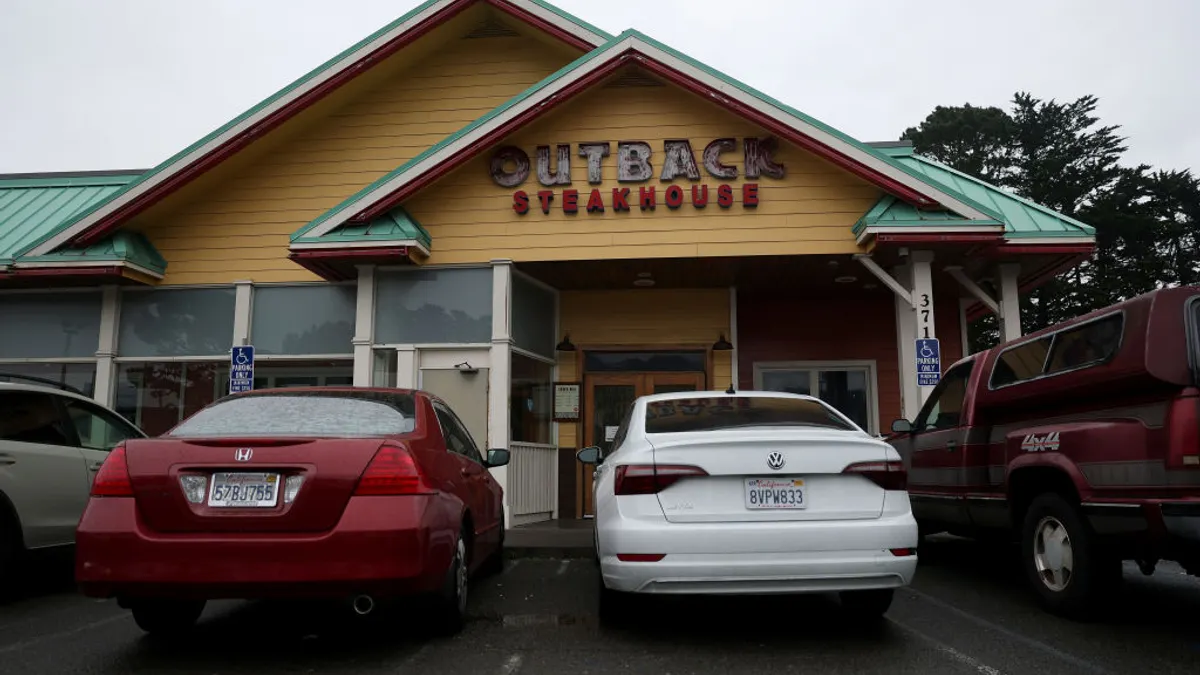The ghost kitchen sector has undergone a reckoning in the last year as unsustainable business models — including pioneers like Kitchen United — have burned out.
“Ghost kitchens were kind of a victim of their own success. The pandemic gave the business model a false positive,” said Alon Lagstein, counsel at law firm Carlton Fields, a firm that has worked with many restaurant brands and ghost kitchen firms.
There was, Lagstein said, “too much excitement too quickly” as spikes in delivery demand pushed ghost kitchens to grow before solving operational issues.
Since then, operators like Reef have lost major development partnerships, Kitchen United sold its intellectual property to Sam Nazarian, founder of virtual brand company C3, and outlandish concepts like Wonder have turned toward more traditional business models.
Despite these recent pitfalls and the challenges looming over remaining players, Lagstein feels that certain market conditions could eventually help ghost kitchens rise from the grave. He discussed these shifting dynamics and the issues that have hindered the segment’s first generation of concepts in an interview with Restaurant Dive.
Editor’s note: This Q&A has been edited for clarity and brevity.
RESTAURANT DIVE: What's happening in the ghost kitchen sector right now?
ALON LAGSTEIN: There's a big shakeout, though I don't know if that's unique to the ghost kitchen sector.
The pandemic gave the business model a false positive. The demand for delivery grew so quickly that ghost kitchens were able to triple or quadruple their revenue.
But there were issues with ghost kitchens independent of that artificially created demand.
What are some of the biggest problems?
Lagstein: There are multiple layers of costs associated with ordering from a ghost kitchen that were not appetizing to the consumer and to the food brand over time: You have a delivery fee that goes to Uber Eats or DoorDash; you have a higher price for the same item from the same vendor, because they have to cover the cut that they have to pay as well.
If the restaurant is not charging a higher price, they're eating the amount they have to pay to the third-party delivery provider. With ghost kitchens there was often another fee that the consumer has to pay. The food brand would have to pay some other fee to the ghost kitchen. Normally, they would sublease or license a space within the ghost kitchen at a higher price per square foot than they would normally pay in that market in exchange for the fact that they could get a tiny kitchen that would not otherwise be individually available.
There's also likely to be percentage rent, where you pay a certain percentage of your sales, to the extent they exceed a number you negotiate with your landlord. Ghost kitchens who included that in their model were laying a lot of fees onto the restaurants and food brands that were operating there. When you add all of that together, there's just not enough for everybody..
Quality control was really inconsistent, as well.
How so?
Lagstein: There's the issue of preparing food that travels well. That does require an operator to carefully curate the dishes that they serve for delivery and the ingredients that they're going to stock.You're gonna get things like pho, which is an absolute delight in cold weather. But if you're going to have it delivered to your house and it arrives cold, and then you have all the ingredients bagged separately from the soup, it's not the same experience as cozying up around the bowl, on a cold day with the windows of a small store fogging up.
I don't know what the solution is for that, except for maybe some possible vertical integration. But the product is inconsistent. As a result, the consumer experience wasn't good a lot of the time. And once those consumers are lost, it's very, very hard to get them to come back.
Are there factors that make ghost kitchens a unique risk for quality control?
Lagstein: One factor could be that the food folks who are preparing the food are not working on their own turf. They don't have all the kitchen equipment and storage space that they're accustomed to.
They could be people who are just hired for this ghost kitchen and not people who are trained and acclimated to the typical cooking environment that this brand might have.
What are some of the other issues with quality control?
Lagstein: Virtual brands, or rather, licensing agreements.
Let's say I have a brand, Alon Lagstein Sandwiches. Instead of hiring my own team and workers and training them to cook my sandwiches the way they do in all my stores, I might hire you, Mr. Ghost Kitchen Operator, to prepare sandwiches under my brand. Your workers will prepare my sandwiches under my brand, and you'll just pay me a small fee of the percentage from each order — it's kind of like a franchising-light model. But those same workers might also be preparing tacos under your cousin's brand, and pizza under someone else's brand. As you can imagine, if you're cooking different items that need to get cooked in a different way, there are going to be mistakes and there's going to be inconsistency with the execution.
How has the real estate market impacted ghost kitchens?
Lagstein: Early in the pandemic, there were all these news alerts going out about how something like one out of every three or four small businesses was going to go under.
There were a lot of restaurants that went out of business. What that meant was there was second-generation restaurant space available en masse and owned by landlords who needed to negotiate in order to fill them back up.
So suddenly industrial real estate, or commercial kitchens, on which many ghost kitchen firms based their business model, got less attractive?
Lagstein: It was not such a sweet deal anymore.
The pandemic happens, and 18 months later, spaces that were for rent at a certain price a year-and-a-half before are now going for a tremendous discount. The landlords are just antsy to get someone in there. And they're willing to give you rental abatements, they're willing to give you an early termination if there's another COVID shut down. You don't have to do any kind of build out because the previous tenant who went under already built up the kitchen.
So when landlords were ready to accommodate and lease prices were lower, this dynamic stole ghost kitchens’ thunder quite a bit.
Once that second gen restaurant space starts getting snapped up over time, it will tilt the scales in favor of brands considering ghost kitchens once again.
Which ghost kitchen business models failed and which have survived to the present? Who is succeeding right now?
Lagstein: Power has consolidated into the hands of three different groups. You have Sam Nazarian, who owns Kitchen United and Nextbite and C3. You have Marc Lore and his team behind Wonder. And then you have Cloud Kitchens.
Whoever can solve for quality control and cost is probably going to start becoming the winner here.
What is necessary to solve for those two issues? What can ghost kitchens do to generate a sustainable order volume?
Lagstein: There's a problem with ghost kitchens owning their own brands. The burden of getting consumers to adopt an off-brand food is going to be insurmountable.
I’ve thought a lot about whether vertical integration, which is what Wonder is doing, makes sense. And it could. The difficulty of vertical integration is getting everything right, from the delivery, to the food science, to the branding. It's too easy to mess something up, it's hard to be very good at all those things.
The person or the group that is going to solve for this is probably going to have at least as much of a hospitality and food background as a tech background.
When you look at tech, you see a couple of things. If you get proof of concept on one round the tech world says ‘Okay, well, can we do it 10,000 times? Can we scale? When can we scale? How can we scale right?’ Once they execute successfully, they want to do it ad infinitum.
Food and hospitality people know that it doesn't work that way. Food and hospitality is always limited by real estate or the ability to get materials. So I think food and hospitality people have the expertise to curate the production and experience of the consumer in a way that is going to get good product.
The other difficulty in the tech world and the venture capital world is that the money isn't typically patient money. There's an exit that has to be considered in the relatively near future, whether it's selling to a bigger player or going public. The problem with that is it could take a while to get this right. And it could take too long for impatient money.
What else can change the dynamics of the ghost kitchen market?
Lagstein: We’re somewhere maybe in late Act One of the robotics in restaurants story. They have proven that they're functional. I don't know how they fare over long-term use in terms of maintenance and errors and in terms of cost. But I think that we will probably see modest adoption of robots for certain repetitive tasks, like flipping burgers, and doing fries, and maybe more, continuing our move to kiosks from cashiers. Over time that can start compressing the costs to the point where the ghost kitchen model starts to make more sense.
Where the ghost kitchens were onto something was the arbitrage of space for cooking. A lot of operators don't necessarily need their front of house that they pay for in terms of rent























